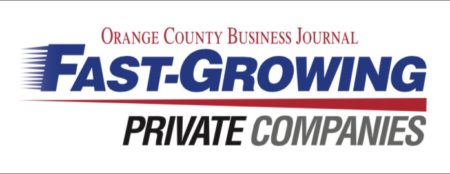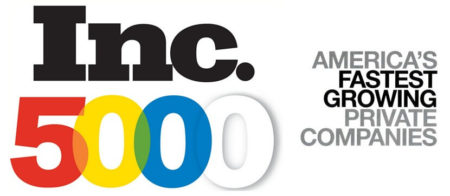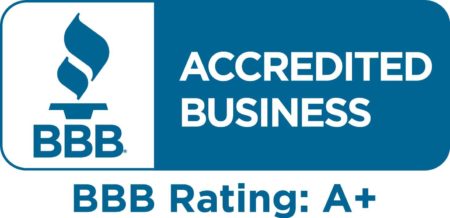There are both government and private sector programs available all across California for those who need help with their down payment requirement.
AVAILABLE PROGRAMS CAN BE DONE WITH NO MONEY DOWN
AND MAY ALSO INCLUDE YOUR CLOSING COSTS…
Common examples of government assistance include:
* U.S. Federal Housing Authority (FHA) loans
* Conventional Fannie Mae / Freddie Mac 97% LTV loans
* U.S. Department of Veterans Affairs (VA) loans (must be a veteran)
* U.S. Department of Agriculture (USDA) loans (specific to home buying in rural areas)
DOWN PAYMENT ASSISTANCE PROGRAM
The money you put “down” or the down payment on your home loan can be one of the largest hurdles for many first-time homebuyers. That’s why CalHFA offers several options for down payment and closing cost assistance.
YOU GET A “SILENT SECOND” YOU REPAY LATER
This type of assistance is often called a second or subordinate loan. CalHFA’s subordinate loans are “silent seconds”, meaning payments on this loan are deferred so you do not have to make a payment on this assistance until your home is sold, refinanced or paid in full. This helps to keep your monthly mortgage payment affordable.
USE MONEY TO PAY YOUR DOWN PAYMENT FOR YOU
MyHome Assistance Programs:
CalHFA Government Loans (FHA): MyHome offers a deferred-payment junior loan of an amount up to the lesser of 3.5% of the purchase price or appraised value to assist with down payment and/or closing costs.
CalHFA Conventional Loans: MyHome offers a deferred-payment junior loan of an amount up to the lesser of 3% of the purchase price or appraised value to assist with down payment and/or closing costs.
CAN ALSO GET GRANT TO COVER CLOSING COSTS
MUST BE FIRST TIME BUYER AND OCCUPY THE HOME
CONDOS, GUEST HOUSES AND MANUFACTURED HOMES ARE OK
Other Special Programs include:
SPECIAL ACCESSORY DWELLING UNIT GRANT PROGRAM
The Accessory Dwelling Unit (ADU) Grant Program will create more housing units in California by providing a grant of up to $25,000 to reimburse pre-development costs associated with the construction of the ADU.
————————————————–
HOW TO COVER CLOSING COSTS
Even with a loan approval, a California homebuyer will still get hit with closing costs that range anywhere from $2,000 to $10,000 in a purchase. Much depends on the given sale and requirements agreed to. There are three big ways for a borrower to cover closing costs outside of earning more income and saving more prior to the purchase. These are gifts, lender credits or seller credits.
Gift Funds
Aside from the limitation of taxes on gifts that hit the giver, gift funds are also limited to an extent to make sure the true buyer of a home is involved in the purchase. Because a lender has government requirements to identify all money sources in a sale, the gift giver will likely have to provide certification of the funds, their source, their purpose and legal certification of the gift. Without this, the funds can’t be used. Taking a gift is not as simple as applying $10,000 to a down payment from a gift from Uncle Fred out of the blue. Further, some programs require that a down payment be a mix of gift and personal funds, not all gift funds.
Lender (Loan Broker) Credits
A lender credit is where the lender kicks in some kind of incentive to capture the financing business of a borrower. This can come in the form of a lower interest rate using preferred services, or it can be in the form of discounted processing and closing fees.
Seller Credits
The seller credit is a discount to a sales price provided by the seller, or the seller kicking in a payment for some of the costs of a buyer. This is typically done to help a sale close and is a technical approach to a price adjustment by the seller.
Agent Credits
Both the Buyer’s Agent and the Listing Agent can donate part of their commission to cover the buyer’s closing costs.
Most lenders limit all credits to 6% of loan amount and they must be actual closing costs, not down payments.
Down Payment Assistance Programs and Grants
There are various down payment assistance programs at various levels of government. One just has to research and use the most powerful and least expensive tool available: the Internet. Many of these programs are focused on first-time homebuyers, lower income homebuyers, and revitalization of neighborhoods. And they have repeatedly been an effective way of getting into a home and away from renting.
Call Today for More Info 951 909 3883
GRAND AVENUE REALTY & LENDING
One of the fastest growing companies in America?





